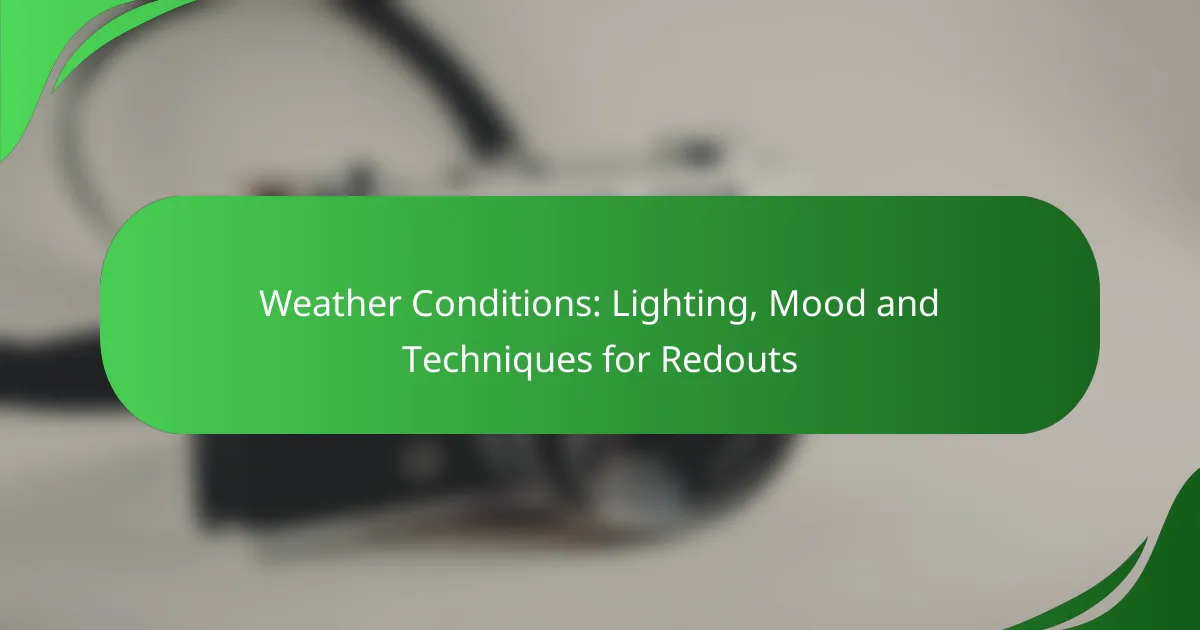The golden hour is a magical time for photography, occurring shortly after sunrise and before sunset when the light becomes soft, warm, and diffused. This period is characterized by rich, warm colors like gold, orange, and red, which enhance the vibrancy of landscapes and subjects. Photographers cherish this unique lighting condition for its ability to create visually stunning images with enhanced textures and colors.

What is the golden hour for photography?
The golden hour for photography refers to the period shortly after sunrise and before sunset when the light is soft, warm, and diffused. This unique lighting condition enhances the colors and textures of subjects, making it a favored time for photographers.
Definition of golden hour
The golden hour is defined by the angle of the sun, which is low in the sky, creating long shadows and a golden hue. Typically, it lasts for about an hour, although the exact duration can vary based on geographic location and time of year.
During this time, the quality of light is characterized by a warm color temperature, often ranging from 3000K to 4000K, which adds a pleasing aesthetic to images. The soft light reduces harsh contrasts, making it ideal for capturing portraits and landscapes.
Importance for photography
The golden hour is crucial for photography as it provides optimal lighting conditions that enhance visual appeal. Photographers often seek this time to achieve dramatic effects, rich colors, and a sense of depth in their images.
Utilizing the golden hour can significantly improve the quality of photographs, making them more engaging and visually striking. It is a key principle in photography that can elevate both amateur and professional work.
Typical timing in various locations
The timing of the golden hour varies depending on geographic location, season, and local weather conditions. Generally, it occurs approximately one hour after sunrise and one hour before sunset.
In higher latitudes, such as northern Europe, the golden hour can last longer during summer months, sometimes extending to several hours. Conversely, in equatorial regions, the golden hour is shorter and more consistent throughout the year, typically lasting around 30 to 60 minutes.
To determine the exact timing for your location, consider using smartphone apps or websites that calculate sunrise and sunset times, allowing you to plan your photography sessions effectively.

How does light quality change during the golden hour?
During the golden hour, light quality shifts significantly, characterized by warmer tones and softer shadows. This occurs shortly after sunrise and before sunset, creating an ideal environment for capturing images with rich colors and enhanced textures.
Characteristics of golden hour light
The golden hour light is known for its golden hue, which results from the sun being low on the horizon. This low angle causes the light to travel through more atmosphere, filtering out blue wavelengths and enhancing reds and oranges. The result is a softer, diffused light that reduces harsh contrasts and highlights.
Additionally, the intensity of light during this time is generally lower compared to midday sun, which helps to minimize glare and allows for more balanced exposure in photographs. The shadows produced are longer and less defined, contributing to a more flattering appearance in images.
Effects on photography
Photographers often seek out the golden hour for its unique lighting conditions, which can dramatically enhance the mood and aesthetic of images. The warm tones can evoke feelings of nostalgia or tranquility, making it a popular choice for landscape and portrait photography.
To maximize the benefits of golden hour light, photographers should aim to shoot within the first hour after sunrise or the last hour before sunset. Using reflectors can help bounce light onto subjects, while adjusting camera settings to accommodate the lower light levels will ensure optimal exposure. Avoiding direct sunlight and instead positioning subjects in open shade can further enhance the quality of the images captured during this magical time.

What colors are prominent during the golden hour?
During the golden hour, which occurs shortly after sunrise and before sunset, warm colors such as gold, orange, and red dominate the landscape. This unique light quality enhances the vibrancy of these hues, creating a visually appealing atmosphere ideal for photography and outdoor activities.
Warm color palette
The warm color palette during the golden hour is characterized by rich shades of yellow, orange, and red. These colors are intensified by the low angle of the sun, which casts a soft, diffused light that enhances their saturation. Photographers often seek out these warm tones to evoke feelings of warmth and nostalgia in their images.
When capturing scenes during this time, consider how the warm colors interact with the environment. For example, golden hour light can transform ordinary landscapes into stunning visuals, making it an excellent time for outdoor photography or painting.
Color temperature variations
Color temperature during the golden hour typically ranges from about 2500K to 3500K, which is significantly warmer than midday light. This lower color temperature results in a more inviting and softer light that can dramatically alter the appearance of subjects. Understanding these variations can help photographers adjust their settings for optimal results.
When shooting in this light, use a lower white balance setting on your camera to preserve the warm tones. Avoid overly cool settings, as they can wash out the rich colors that define the golden hour. A good rule of thumb is to experiment with different settings to find the perfect balance that enhances the warm color palette without losing detail.

How to capture the best redouts during the golden hour?
To capture the best redouts during the golden hour, aim to shoot within the first hour after sunrise or the last hour before sunset. This time frame provides warm, soft light that enhances colors and reduces harsh shadows, creating ideal conditions for vibrant redouts.
Camera settings for redouts
For optimal redouts, set your camera to a low ISO, typically between 100 and 400, to minimize noise. Use a wide aperture, such as f/2.8 or f/4, to achieve a shallow depth of field, which helps isolate your subject against a beautifully blurred background.
Adjust your shutter speed based on the available light; a slower speed may be necessary as the sun sets. Consider using manual mode to have full control over these settings, allowing you to fine-tune exposure for the best results.
Composition tips for redouts
When composing your shot, consider the rule of thirds to create a balanced image. Place your subject off-center to draw the viewer’s eye and enhance the overall impact of the redouts. Look for interesting foreground elements that can add depth to your composition.
Utilize leading lines to guide the viewer’s gaze towards the redouts. Natural elements like paths, rivers, or tree lines can help create a more engaging photograph. Experiment with different angles and perspectives to find the most compelling view during this magical light.

What are the best locations for golden hour photography?
The best locations for golden hour photography typically include urban landscapes and natural settings, each offering unique lighting and compositional opportunities. Choosing the right spot can enhance the warm tones and soft shadows characteristic of this magical time of day.
Urban landscapes
Urban landscapes provide a dynamic backdrop for golden hour photography, with buildings reflecting the warm light and creating interesting contrasts. Look for locations with a mix of architecture, such as rooftops, bridges, or open plazas, where the light can interact with structures.
Key considerations include the orientation of buildings and the presence of open skies. Locations facing west are ideal for capturing the sunset glow, while those with tall structures may create dramatic shadows. Aim to arrive early to scout angles and compositions.
Natural settings
Natural settings, such as parks, beaches, or mountains, offer expansive views and the beauty of nature during golden hour. These locations often feature stunning landscapes that come alive with rich colors and soft light, making them perfect for capturing serene scenes.
When selecting a natural setting, consider elements like water bodies, trees, and hills that can enhance the light quality. Arriving at least 30 minutes before sunset allows you to witness the gradual changes in light and color, maximizing your photographic opportunities.

What equipment is recommended for golden hour photography?
For golden hour photography, a DSLR or mirrorless camera is ideal due to their superior image quality and manual settings. Additionally, using a lens with a wide aperture can enhance the soft, warm light characteristic of this time.
Camera types
DSLRs and mirrorless cameras are the most recommended for capturing golden hour images. They offer flexibility with manual controls, allowing photographers to adjust settings like ISO, shutter speed, and aperture to suit the changing light conditions. Compact cameras can also work, but they may lack the same level of control and image quality.
Full-frame cameras are particularly effective in low-light situations, as they perform better at higher ISO settings. However, crop sensor cameras can still yield excellent results, especially when paired with the right lens.
Lenses for capturing light
Using a lens with a wide aperture, such as f/1.8 or f/2.8, is crucial for golden hour photography. These lenses allow more light to enter, creating a shallow depth of field that beautifully blurs the background while keeping the subject sharp. Prime lenses are often preferred for their superior sharpness and low-light performance.
Zoom lenses can also be effective, especially those with a constant aperture. A focal length range of 24mm to 70mm is versatile for various compositions, from landscapes to portraits. Remember to consider the lens’s quality and its ability to handle flare, as golden hour light can sometimes create unwanted artifacts in your images.



